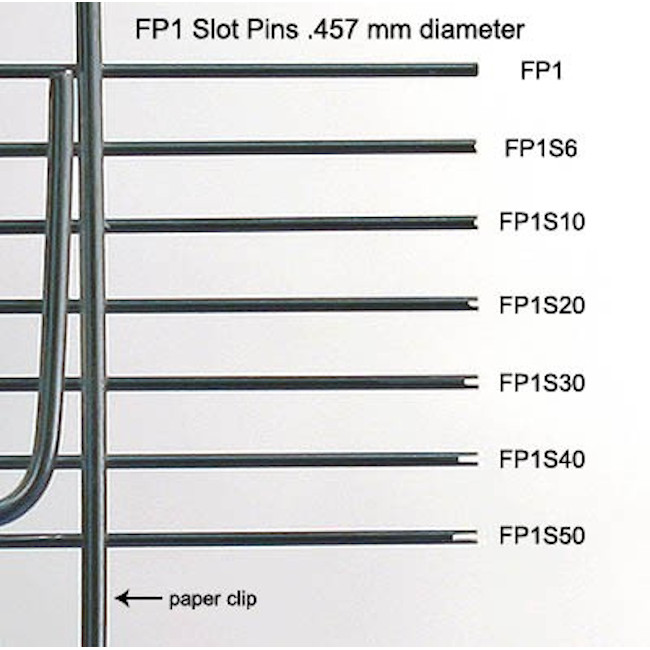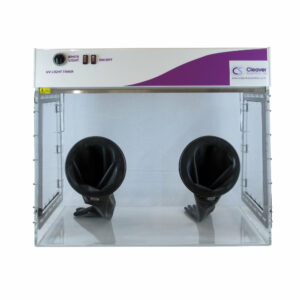Robotic Pin Tool Applications using 3 nl to 5 ul of liquid
Many of our customers are concerned about non-specific binding of proteins and lipids or lipo-proteins to the robotic pins. One way of reducing this non-specific binding is the /ah surface energy modification system.
V&P Scientific is using the /ah system to alter the wetting characteristics of the pins. Simply put, a pin that is not wetted by a particular liquid has a lower critical surface tension than the surface tension of the liquid. A pin not wetted by the particular liquid is often said to “repel” the liquid, and the liquid beads up on the non-wetted pin. Conversely, if the particular liquid wets the pin, a drop will spread out on the pin surface.
Our hydrophobic coated pins are very useful in handling solutions with proteins or lipids that may stick to naked stainless steel. See this page for a more thorough discussion of hydrophobicity and surface tension.
Floating pins for robotic use are available in 2 basic styles:
1. Tube Pins are stainless steel pins that are fixed inside tubes (cannulas) to provide greater strength to fragile small diameter pins. These tubes rest upon the lower float plate.
2. The other style of stainless steel pin has larger diameter pins which are grooved to accept an E-Clip which rests on the top float plate.
The Tube pins vary in diameter from 0.229 mm to 0.914 mm, they also vary in the total length of the pin (from 33 to 62.2 mm) and the length of the exposed pin (from 12 to 17 to 30 to 41.5 mm) long. The exposed length terminology is used to define how far the pin is able to extend below the bottom float plate. The 12 mm long exposed length pins are used on robots with "Z" limitations and the 30 and 41.5 mm long exposed length pins are used when delivering to or from the bottom of a deep well plate. For all other applications use either the standard 17 mm FP_ or FP_N series pins.
The volume of liquid transferred on a pin will vary with the diameter of the pin, the depth to which it is submerged into a liquid, and the speed the pin is withdrawn from the liquid. Also the surface tension of both the pin and the liquid will affect the volume transferred.
The Tube pins can be modified by cutting a very small precise slot in the tip of the pin which fills and drains by capillary action. The advantage of the slot pin is that if there are different volumes in the source wells (if the plate has been cherry picked many times) the slot pin will be less affected by the different volumes in the source plate. Slot pins because of filling by capillary action is able to make transfers from very small liquid volumes in source plates. Slot pins also yield a greater precision. The volume in the slot of a tube pin varies from 6 nl to 2,000 nl.
The E-clip pins range in diameter from 1.58 mm to 4.75 mm and from 22 mm exposed length to 49 mm exposed length. The E-clip pins can also be slotted and the slot volume ranges from 0.5 ul to 5 ul.
Both the Tube style pins and the E-clip pins can be coated with a hydrophobic layer to reduce non-specific binding to the pin.


